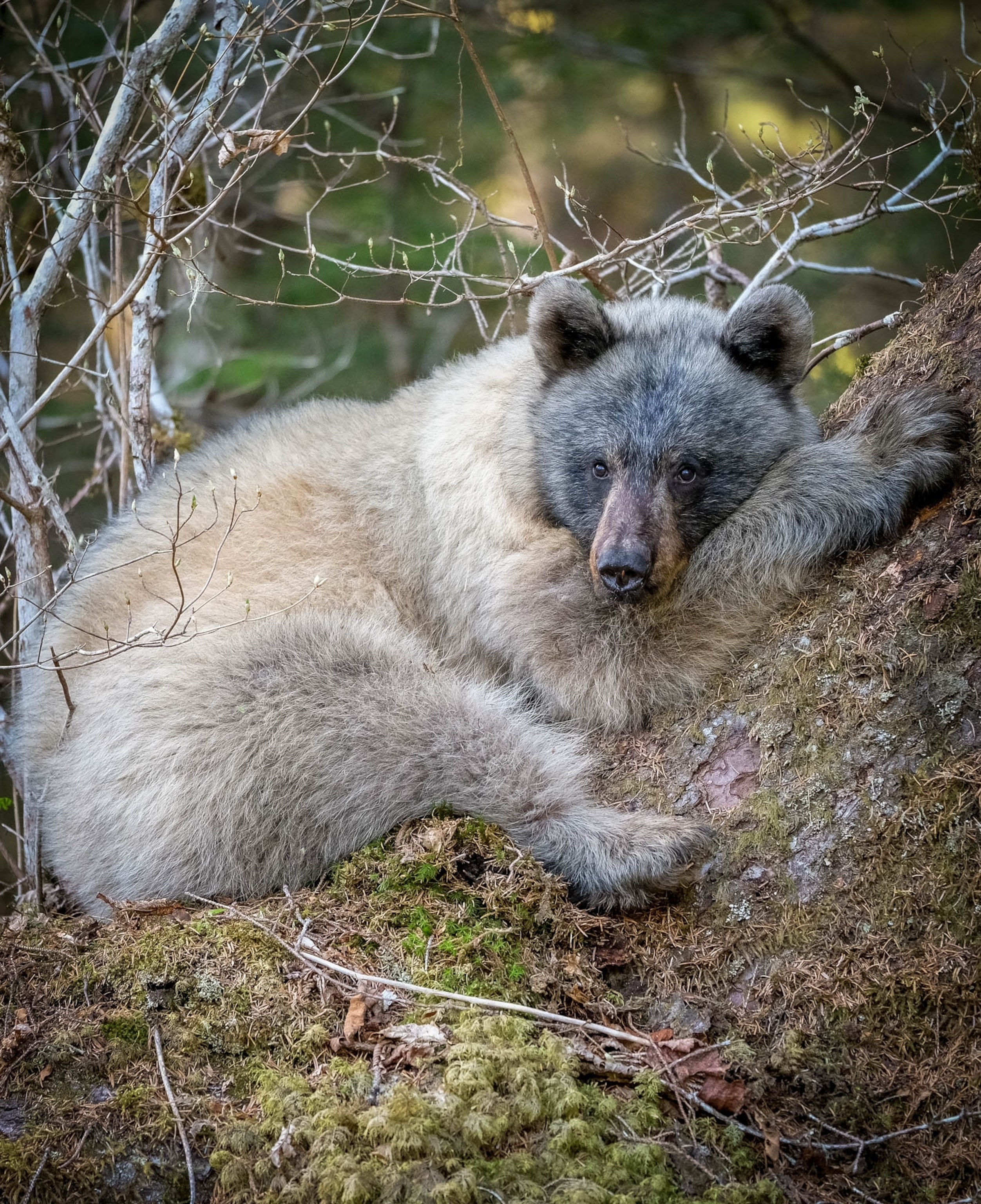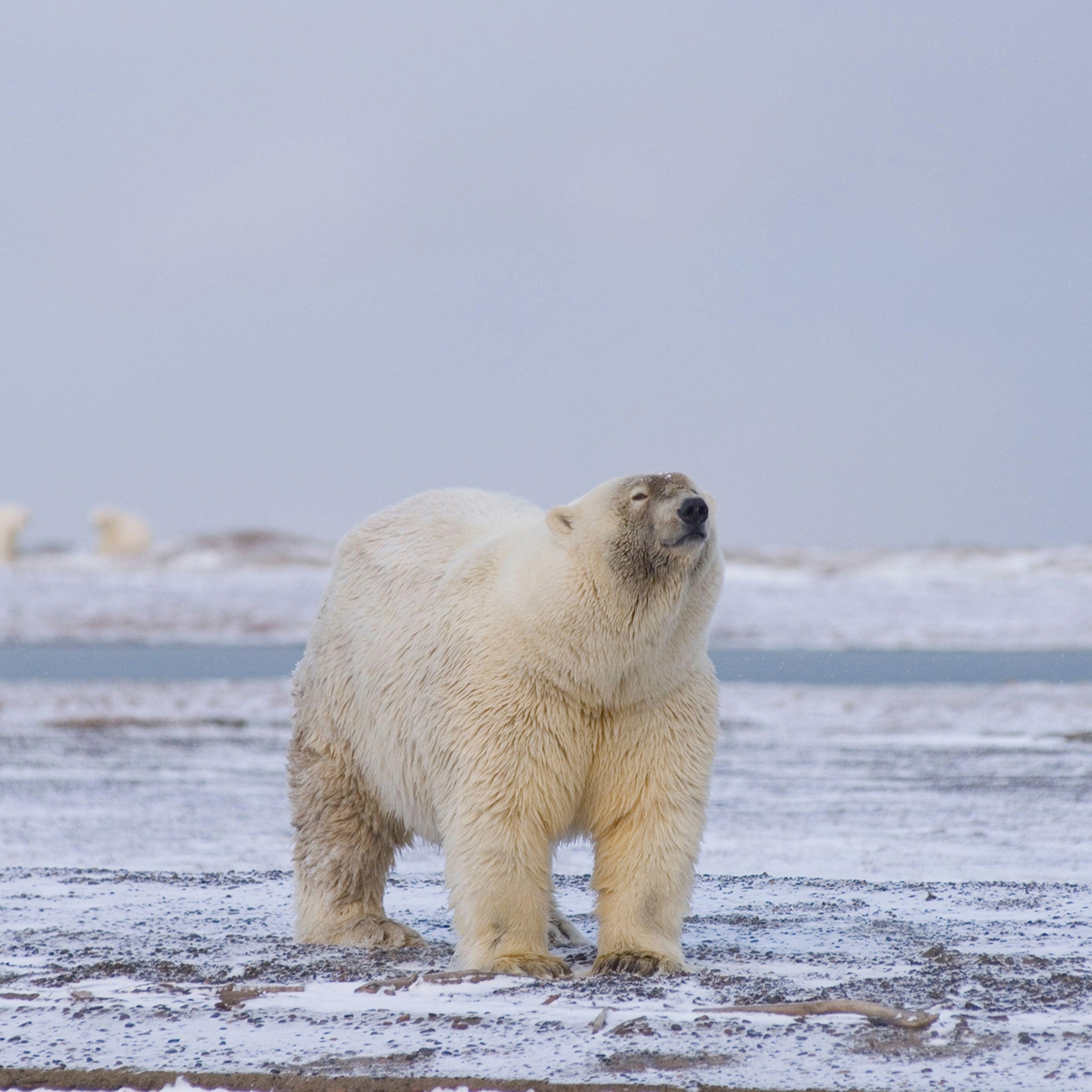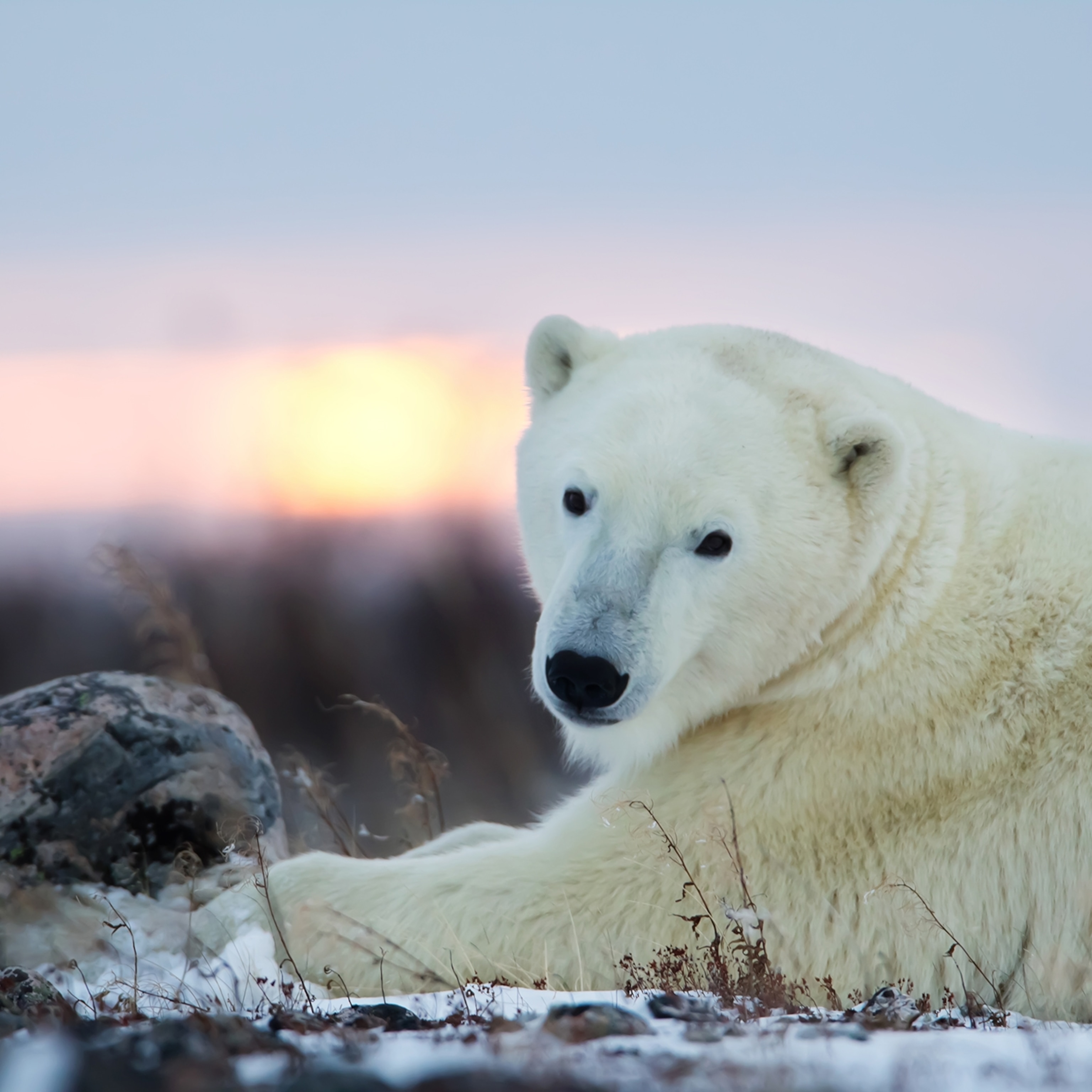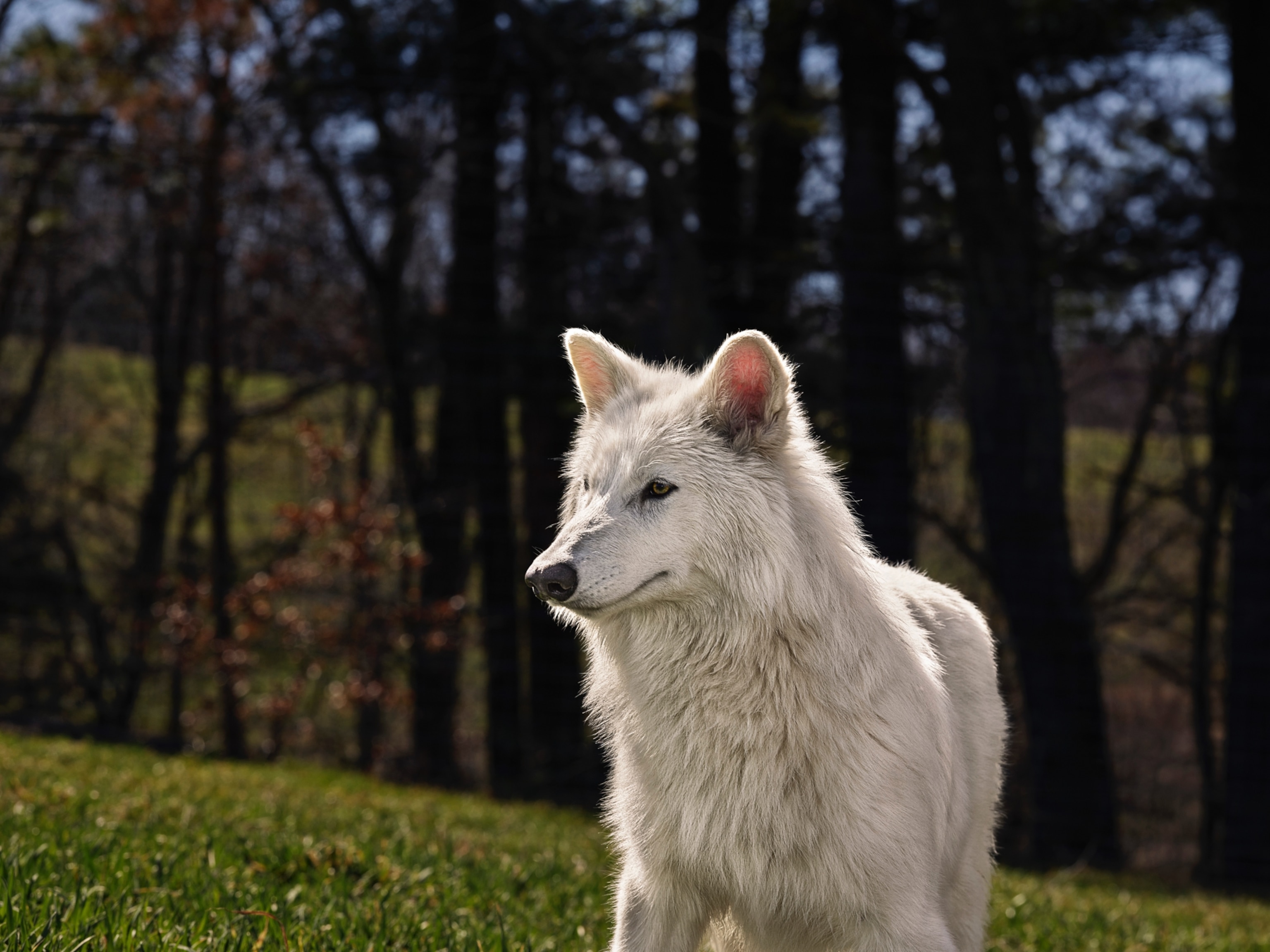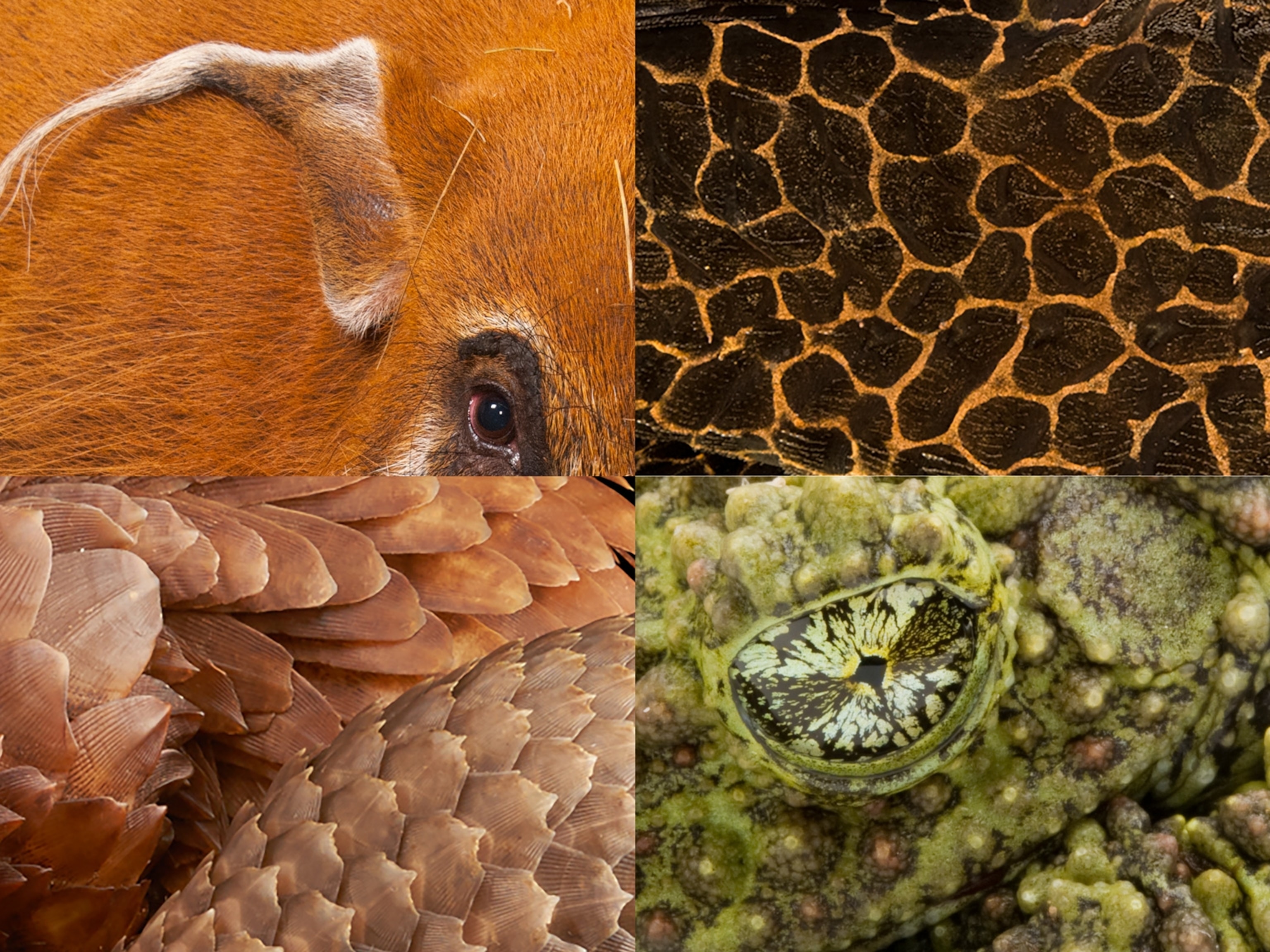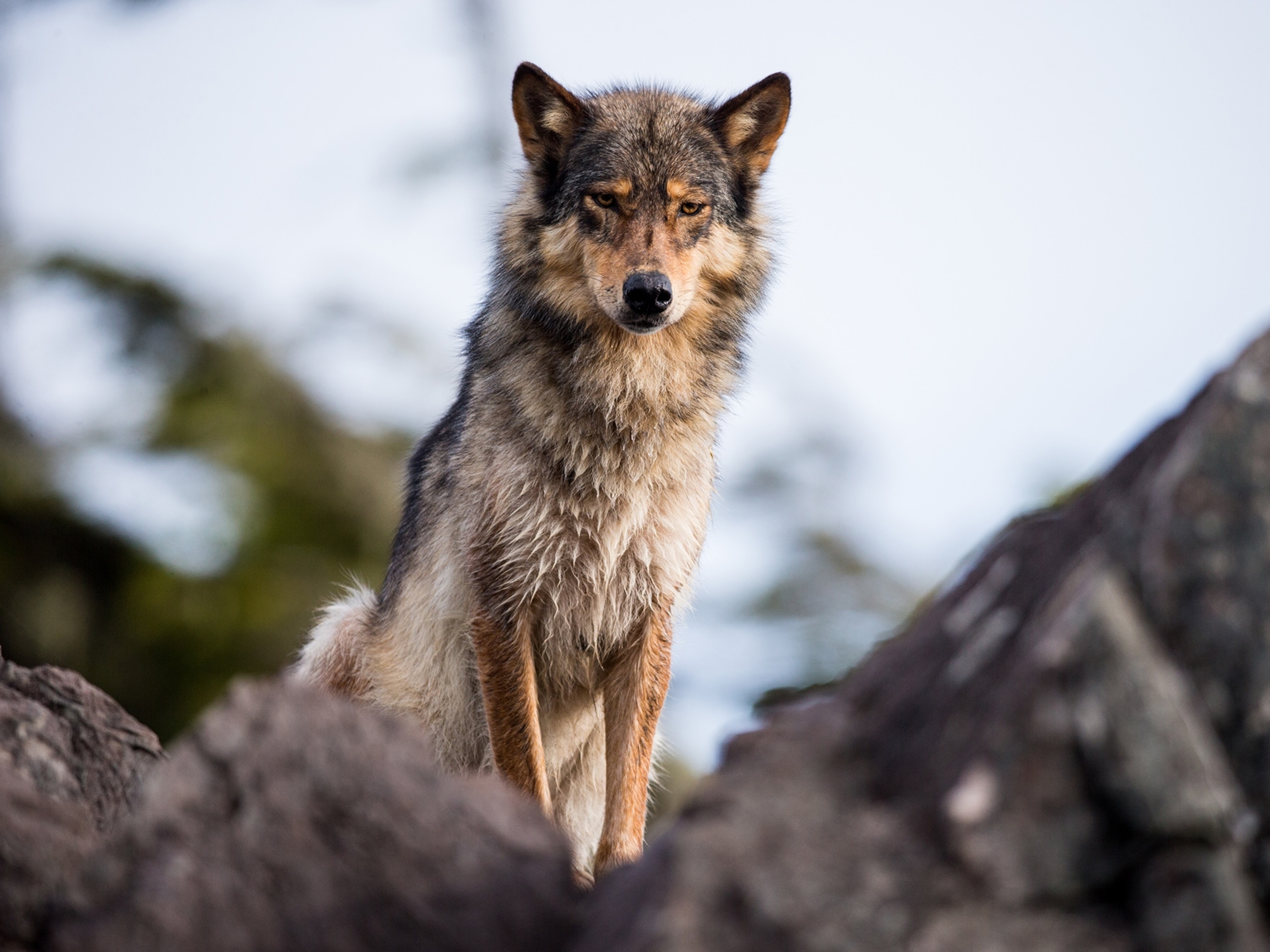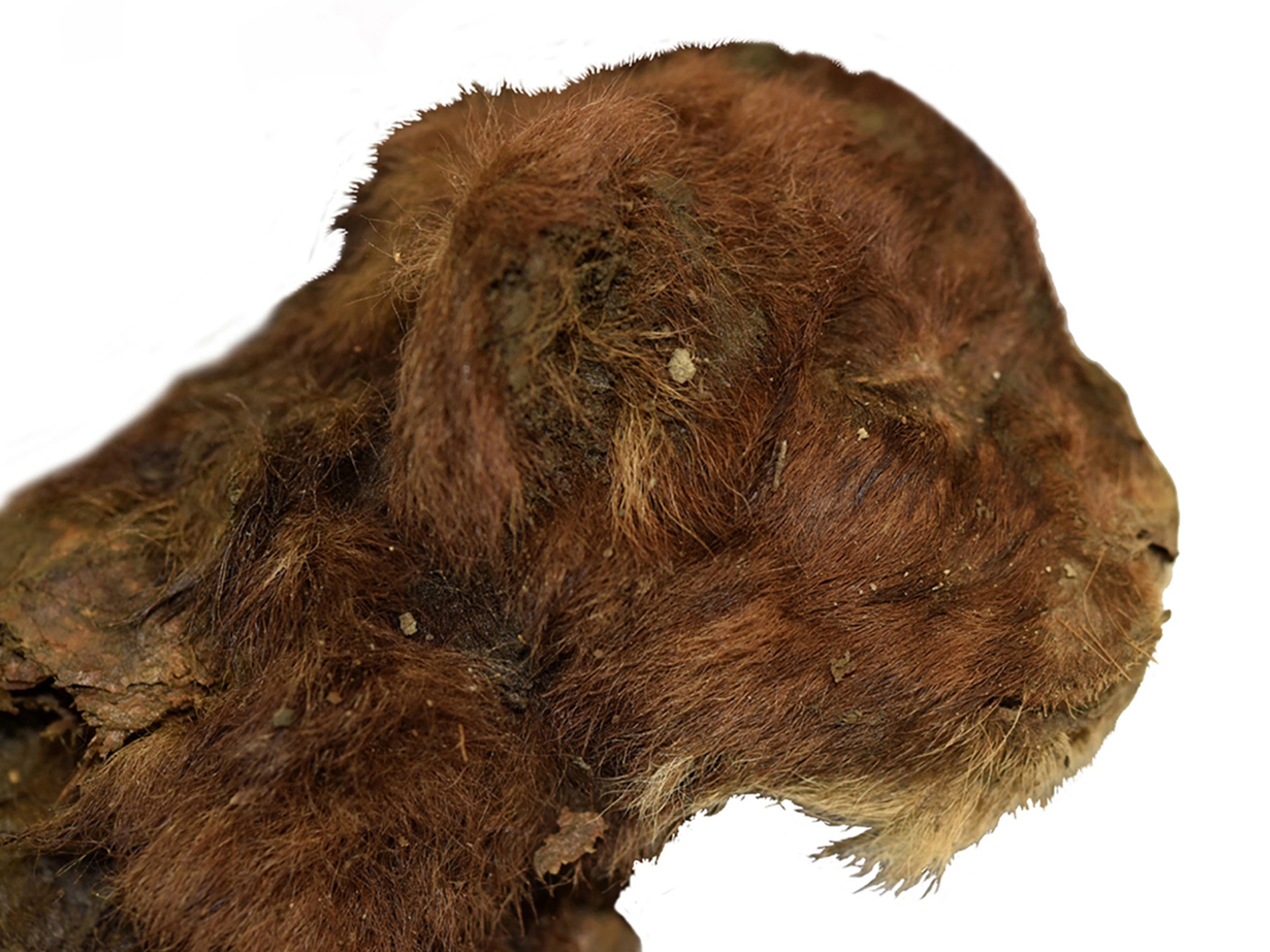Tania Lewis is one of the world’s experts on glacier bears, but even she has only seen these mysterious animals a handful of times. As a wildlife biologist at Glacier Bay National Park and Preserve in Alaska, Lewis studies the park’s small, little-seen population of what are genetically black bears, but whose coats range from mostly black with a silvery fringe to entirely bluish gray.
“To have a rare color … that’s not found anywhere on Earth—there’s a story there,” Lewis says.
In their latest research, Lewis and colleagues have offered new clues into why glacier bears are so unusual. The research also has revealed potential challenges to the bears’ future as temperatures rise due to global climate change.
The team identified 10 black bear populations in and around the national park, four of which contained glacier bears. The glacier bears were separated from each other by wide fjords, glacier-capped mountains, and barren ice fields. Yakutak glacier bears, for instance, live more than 60 miles from their closest glacier bear neighbors, the Glacier Bay West bears.
“Some bears will cross that ice field, some bears will swim across that fjord,” Lewis says. But generally those land features create “functional islands within which populations develop and become genetically distinct from each other.” The oddly colored bears live only in southeastern Alaska and a neighboring corner of British Columbia.
What most surprised Lewis, however, is the lack of glacier bears living or migrating through the region’s least rugged regions, such as on the Chilkat Peninsula.
“The area where there are not glacier bears has the least amount of barriers to dispersal. The mountains aren't that tall, the glaciers aren't that extensive,” says Lewis, whose study was published recently in the journal Ecology and Evolution. “It's really interesting that there aren't any glacier bears there.”
One reason, she suggests, is that ice may help glacier bears survive—which does not bode well as Alaska’s glaciers melt in the fastest-warming place on Earth.
Bear of a different color
Western scientists first described glacier bears back in 1895; one of Lewis’s predecessors was among the first to keep records of where they appeared to live within the national park. After Lewis joined Glacier Bay’s staff in 1998, she inherited the map on which stickie notes mark glacier bear sightings and harvests in and around the park—and they’ve been few and far between.
Despite being targeted by hunters for their distinctive coats, glacier bears accounted for 0.4 percent of the black bears legally harvested in southeastern Alaska from 1990 to 2018, according to the study. No other population estimates exist.
When a few glacier bears raided trashcans in Juneau, at the southern end of their range, in the early 2000s, Lewis and others decided to launch a study on the little-understood animals. (Read about one photographer’s encounter with a hibernating black bear.)
In the course of 12 years, the researchers collected hundreds of black bear hair and tissue samples—some of the latter from hunted bears—across an area of 42,000 square miles in and around the national park. They took note of the bear’s color and where it was found. Then they analyzed the DNA and used statistical methods to figure out the bears’ relation to each other, which identified the 10 isolated populations.
This lack of intermixing between populations may be one reason the bears are so small in number, says Dave Garshelis, a wildlife research scientist with the Minnesota Department of Natural Resources and co-chair of the International Union for Conservation of Nature’s Species Survival Commission Bear Specialist Group. (Read how black bears are rebounding in much of their range.)
At the same time, this isolation from other, normally colored black bear populations has also protected the glacier bear’s uncommon color, Garshelis says.
That’s because a recessive gene (or genes) likely cause this color morph, as it’s called, and interbreeding with other black bears would soon overpower it.
Similar genetic mutations are behind other color morphs, including cinnamon bears in western North America and white “spirit bears” in coastal British Columbia. All these morphs belong to the same species, the American black bear (Ursus americanus).
Why so blue?
No one knows for sure why glacier bears are so limited geographically, or why the gene for this silvery blue color has persisted in these populations.
The discovery that glacier bears tend to live in glacial areas, however, suggests they might survive at higher rates in ice-covered areas, Lewis says. It could be that their silvery blue coats act as camouflage to protect them from predators such as brown bears, wolves, and people. The spirit bear’s white coat, for instance, may help it catch salmon more efficiently, because fish can’t see the predators as easily in the daytime. (See beautiful photos of spirit bears.)
But just because a trait endures doesn’t necessarily mean that it confers an advantage, cautions Garshelis, who wasn’t involved in the study. "I'm not discounting the idea because I don't have a better one, but [camouflage] is often the first idea people have.”
It’s possible instead that glacier bears are the result of genetic drift, a process by which a trait appears in a population and spreads without offering any advantage, he says.
An uncertain future
Garshelis says there’s no question that glaciers have influenced black bear evolution.
The formation of an ice sheet in the middle of the Pleistocene, which lasted from about 2,580,000 to 11,700 years ago, separated bears in western North America from those in the rest of the continent, he says. That placed the two populations on slightly different evolutionary trajectories. And glacier bears evolved in a landscape shaped by ice: Glaciers covered nearly all of southeastern Alaska as recently as 18,000 years ago, at the tail end of the last Ice Age.
Yet as climate change melts the glaciers that have kept the animals cut off from each other, it’s more likely that bears will begin to mix once more, diluting the glacier bears’ genes, Garshelis says. So it’s possible that the glacier bear, like Alaska’s glaciers, may well recede into history.
